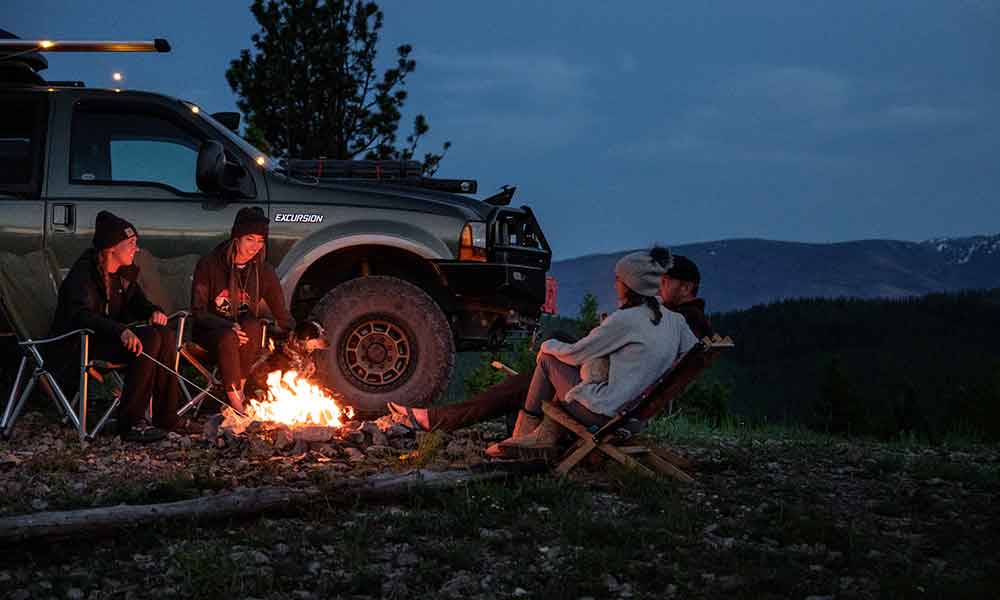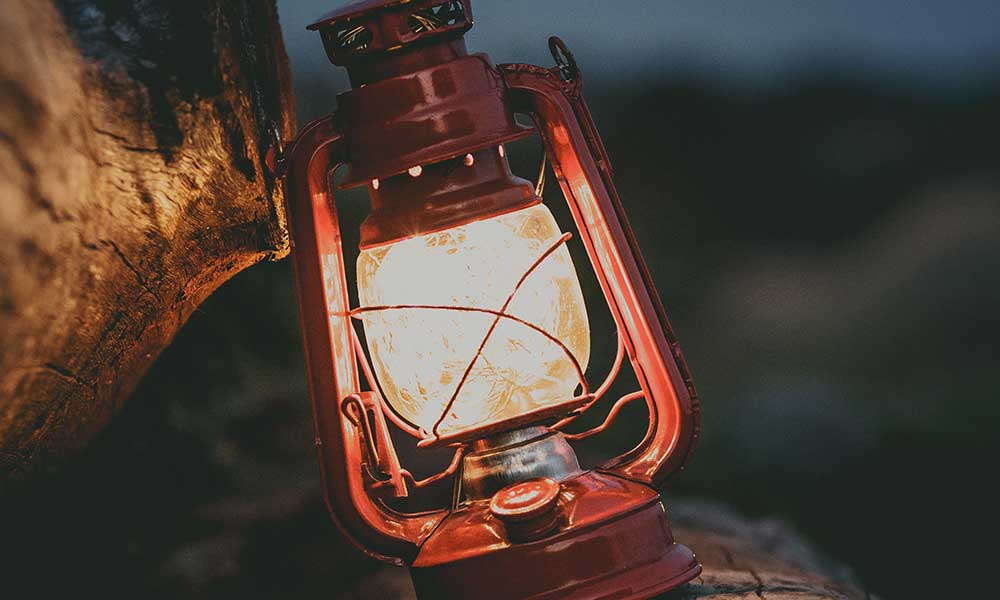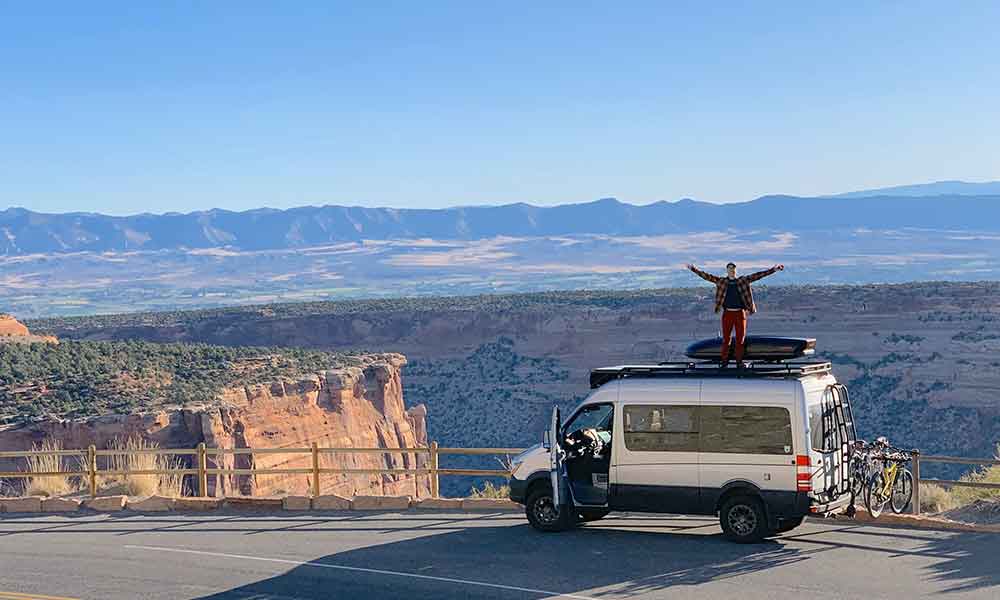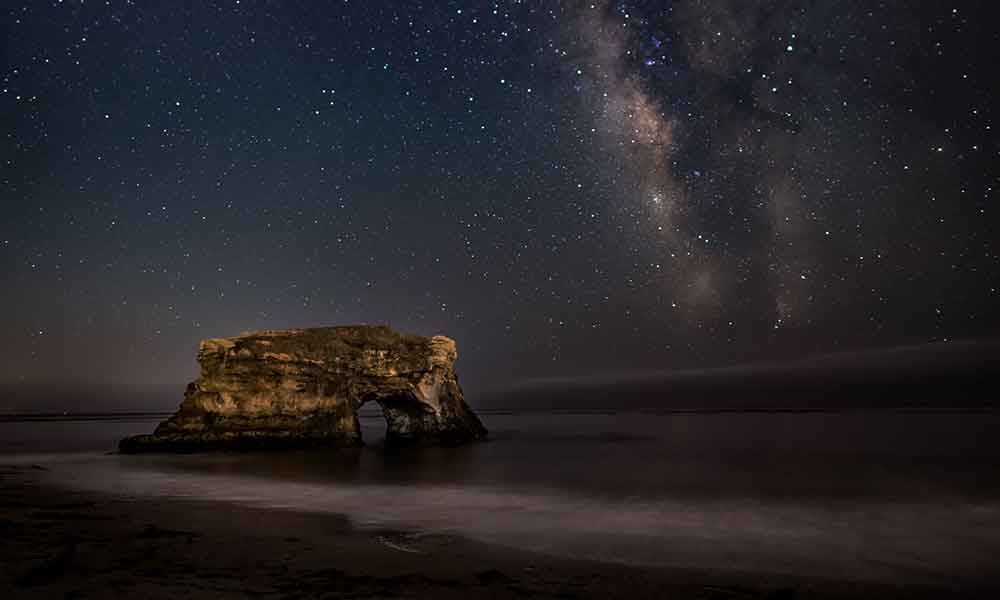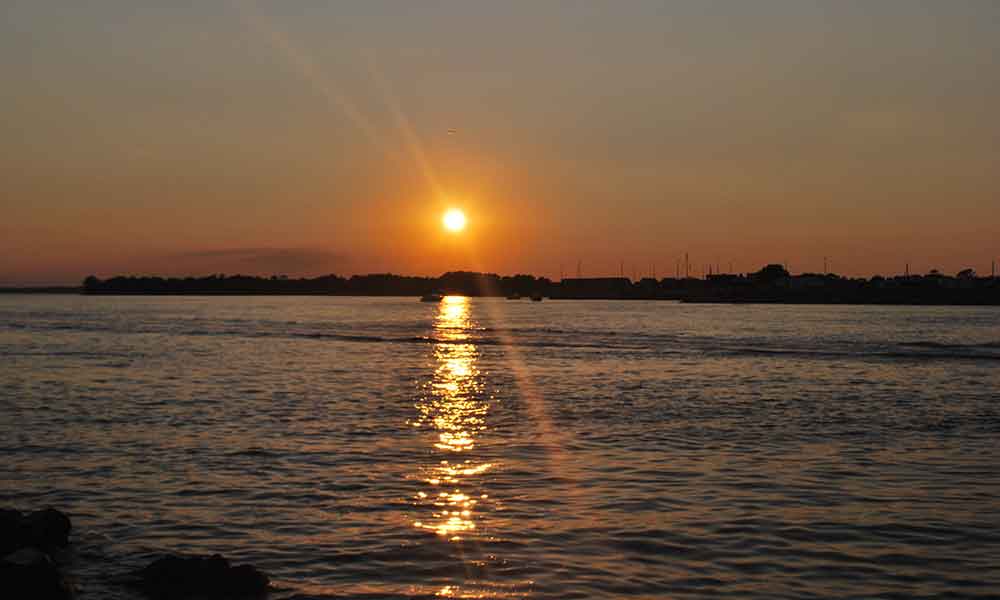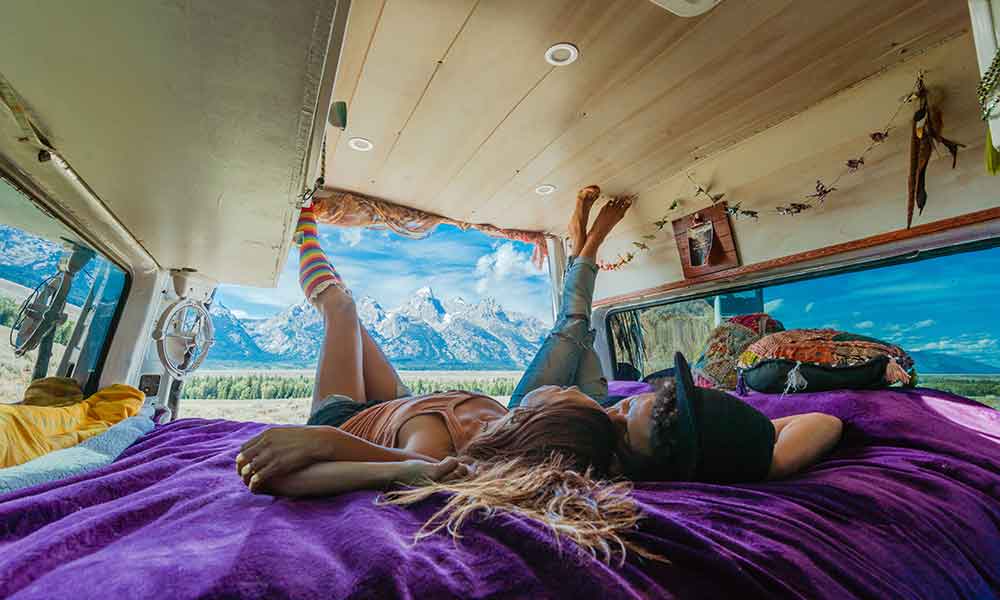Camping means packing, and it can feel like a complicated puzzle game. You want to keep it simple so you don’t have a ton of stuff to haul, especially if you are limited to what you carry on your back. But the outdoors is capable of throwing four seasons at you in under 24-hours while worrying about bugs, sunburn, and durability. So what clothes do you wear?
Wearing layers is fundamental when camping, regardless of the season. Also, it’s crucial to pay attention to fabrics, as these impact packing weight and even our health while living outdoors. Lastly, consider accessories such as hats, hiking shoes, quick-dry hiking sandals, and swimwear.
Camping brought the world the spork and an array of multi-tools. Thus, we know versatility is key to cutting down the packing list, including clothing. A one-off cute outfit is obviously impractical. But even the type of swimsuit you wear when camping can impact your vacation in unexpected ways.
3 Fundamentals On Selecting Camping Clothes To Pack
There are three main fundamentals to deciding what to wear when camping:
- Layering
- Fabric choice
- Accessories
All three of these must fall under the overriding umbrella of the question:
- Is it practical?
1 – Wear Layers: Camping Clothes
Camping requires you to dress in layers, no matter the season. Even camping in hot weather can lead to some cold nights. Try to choose clothing that can be worn repeatedly, rather than once. If an item is versatile, even better, such as pants that can be unzipped into shorts.
Base Layer: Camping Clothes
Your base layer is your underwear and t-shirt in summer and your thermals in winter. See our fabric choices further down to help you choose the best ones.
Base layers that can be rinsed and dry in a blink are the top choices, from underwear to your tank top. In addition, these are usually moisture-wicking fabrics, which is a crucial base layer property.
Mid Layer: Camping Clothes
Mid-layer can be as light as a flannel button-up to as heavy as a puffier, depending where you are camping and season. It’s important in winter to consider if this layer can still keep you warm even if wet.
Outer Layer: Camping Clothes
These tend to be your waterproof or water-resistant shells that can help block the wind. You want fast drying and lightweight, if possible.
2 – Fabrics Matters: Camping Clothes
It is essential to consider your clothes’ fabric when camping. There is no perfect choice, but you must consider the type of camping, activities, and packing space when deciding what to wear when enjoying the outdoors.
Cotton Is Not An Awesome Camping Fabric
Cotton is often known amongst hardcore backpackers and hikers as the fabric that kills. This is because the comfy, all-natural material is bulky, dries slowly, and can leave you damp. This has led to hypothermia for some unfortunate outdoor enthusiasts, and not everyone survives to tell the tale. Thus, cotton is not recommended for hardcore camping.
However, camping comes in many forms, including glamping. Thus, if you have the space to pack extra should your cotton become damp, the fabric does have a few positives.
The biggest plus to cotton is if it catches fire, it doesn’t melt to your skin. However, it’s still highly flammable unless treated. Also, it will melt if blended with synthetics. But those breathable synthetics make burns worse due to melting to the skin. So if you have the packing space, wearing cotton around the campfire isn’t a bad idea. Wool, however, is best.
Denim’s Pros & Cons As A Camping Fabric
Denim is a controversial outdoor fabric, especially amongst backpackers and hardcore hikers. For starters, it is heavy, a restricting material, and when it gets wet, it stays wet, which can be deadly.
On the other hand, denim is hardwearing, standing up to most thorns, rough rocks, and some bitey-bugs. Also, if it isn’t a synthetic blend, denim has the same positives as cotton when sitting around a campfire. Thus, it is a decent fabric to wear camping if you have tons of packing space and can quickly change if you get wet.
Bamboo Is A Camping Fabric
Bamboo is still pretty new to the scene. It is not necessarily as “natural” as many manufacturers would like you to believe due to how it is processed. But it is lightweight, soft, moisture-wicking, and doesn’t absorb odor like most other synthetics.
Bamboo’s flammability is a fuzzy area, depending on the manufacturing process. Generally, it isn’t as flammable as synthetics or cotton, and some types won’t melt to your skin.
Breathable Polyester, Nylon & Other Synthetics Are Camping Fabrics
Breathable synthetics are a top fabric choice for outdoor clothing. This includes your fleece outer layers to your long sleeve base layers. Clothing in these fabrics are lightweight, so easy to pack, and moisture-wicking, crucial to avoiding a cold and clammy layer of potential hypothermia. They can also offer valuable sun protection without causing you to overheat.
Do note, however, these fabrics do have one major downside: they are flammable and will melt to your skin. This makes any burn, even a minor one, much worse than it would have been. Thus, wear it cautiously when sitting around a campfire or cooking.
Silk Is A Camping Fabric
Silk can be luxurious, but it is incredibly hardy and lightweight. It can be brilliant for base layers in cold weather, such as long underwear. Also, silk doesn’t burn as quickly as linen and cotton, although it still can’t beat wool. Nor does silk melt to the skin.
However, silk doesn’t have the same moisture-wicking properties as synthetic. It has some, much more than cotton, but not enough to be recommended for hot weather.
Wool Is A Camping Fabric
Wool can be heavy and itchy, although it depends on the quality and type. But wool is natural, insulating even when wet, moisture-wicking, flame retardant, and will not stick to your skin in the unlikely event it does catch alight. So if you have the money and packing space, wool can be awesome.
3 – Accessories: Camping Clothes
It is generally advised to leave jewelry at home when camping. However, there are some accessories you should wear when camping.
Hats: Camping Clothes
Hats are an essential camping item. You want a warm beanie for cool or cold nights and an excellent, moisture-wicking sun hat.
Shoes: Camping Clothes
If you have the space, you want two pairs of shoes: good, broken-in hiking boots and hiking sandless that can dry in a blink when using showers or walking around lakes and streams.
Swimwear: Camping Clothes
Swimwear for summer camping is brilliant. Also, consider sun protection, such as a rash vest.
For women, you will find a two-piece better than a full. Use a rash vest to make it more like a full piece if you don’t enjoy strutting around in a bikini. A two-piece makes it easier to change in awkward situations, such as under your sarong. Also, it is easier to answer nature’s call in a two piece. Even if you are not crouched behind a bush, taking a full suit off in a vault toilet is not fun.
Lastly, sarongs are an excellent accessory to take camping. They can be a skirt, dress, cape, table cloth, or even an emergency towel.
Bandana Or Buff: Camping Clothes
Scarves are bulky. Bandanas or buffs can be a scarf, head covering, and so much more.
Bracelets: Camping Clothes
Bracelets are not your typical camping gear, but there are a few types that can be worth slipping on your wrist, such as:
- Bug repellent bracelets
- ID & Allergy bracelets
- Paracord bracelets, some that now come with an emergency knife, whistle, and light
Conclusion
When deciding what to wear camping is about comfort and safety. When you consider clothing for your base, mid, and outer layers, be sure to also think about the fabric. That cotton t-shirt may be cute and comfy, but it could also be dangerous depending on the type of camping trip. Have fun and dress dry and safe.

